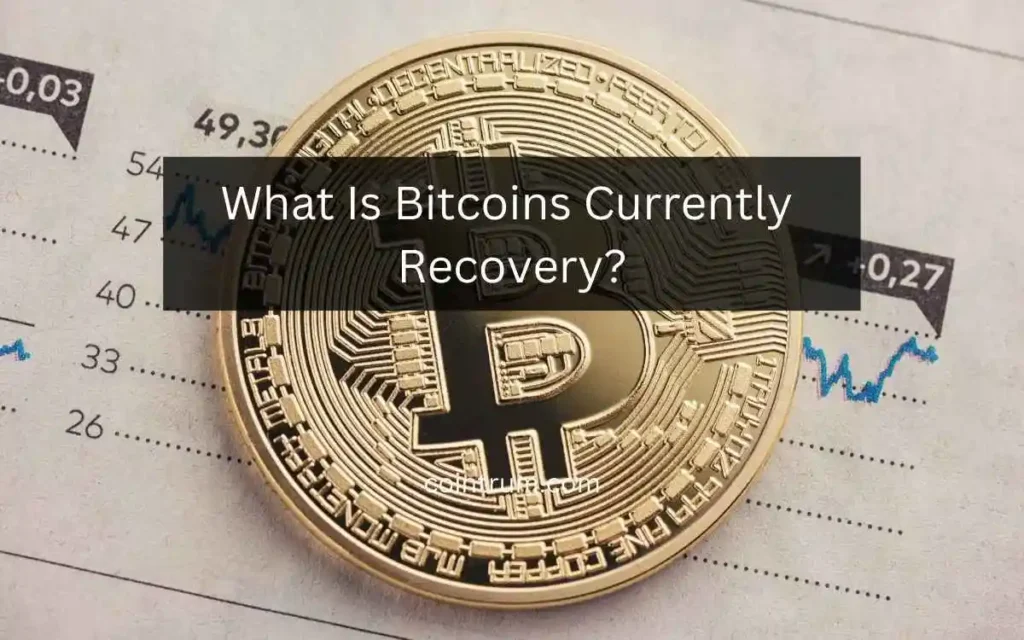
Bitcoin (BTC) has experienced a remarkable recovery in the of 2024, following a challenging 2023. Despite fluctuations in the market, the cryptocurrency is making significant strides, especially in the second half of the year. As an expert in the field of cryptocurrency, I’m here to break down the current trends and factors contributing to Bitcoin’s resurgence, and how you can understand and navigate its growth.
Key Drivers of Bitcoin’s Recovery
- Bitcoin ETFs and Institutional Investment:
- The approval of Bitcoin ETFs has played a massive role in boosting institutional adoption. The increased involvement of traditional financial institutions has brought credibility and a steady flow of capital into Bitcoin.
- In September 2024, U.S. Bitcoin ETFs alone purchased over 17,000 Bitcoins, outpacing the number of new Bitcoins mined during that period.
- Halving Event:
- Bitcoin’s most recent halving event in April 2024 reduced the reward for miners, decreasing the rate of new BTC entering circulation. Historically, halving’s have led to price surges as scarcity increases, and this trend seems to be playing out once again.
- Technical Indicators:
- Bitcoin is currently trading above key moving averages, signaling a bullish market. Analysts note that Bitcoin is positioned for continued growth if it breaks previous resistance levels. The strong momentum, driven by both retail and institutional buying, is supporting the upward trend.
- Global Economic Factors:
- The Federal Reserve’s potential interest rate cuts and other monetary policies could lead to a more favorable environment for Bitcoin. Lower borrowing costs typically drive more investment into speculative assets like BTC.
- Increased Mining Profitability:
- Bitcoin mining has become more profitable, contributing to its recovery. With mining profitability back on the rise, there’s more incentive for miners to continue their operations, which in turn supports the network and its price.
What’s Next for Bitcoin’s Recovery?
- Parabolic Growth in Q4 2024:
- Experts are predicting that Bitcoin’s recovery might turn into parabolic growth as we approach the fourth quarter of 2024, a historically strong period for Bitcoin prices.
- If Bitcoin manages to break through current resistance levels, analysts foresee a potential rise to new all-time highs, possibly reaching $120,000 by the end of the year.
- Institutional Support:
- The continued rise of institutional investments through ETFs and major players in traditional finance is expected to further support Bitcoin’s price recovery.
How Can You Benefit from Bitcoin’s Recovery?
- Buying Opportunities:
- The current recovery phase could present buying opportunities. Bitcoin’s current price levels, if it breaks resistance, could offer significant returns in the near future. Many investors are eyeing the $73,000 mark, while others anticipate a breakthrough that will lead to much higher values.
- Long-Term Holding:
- Given the institutional backing and the ongoing halving cycle, Bitcoin could potentially continue its upward trajectory over the next few years. Holding onto BTC for the long term might be a strategic decision, especially considering Bitcoin’s history of bull cycles post-halving.
- Mining and Staking:
- Bitcoin mining has become more profitable, and if you’re involved in the mining space, the current recovery could yield better returns. Staying informed on Bitcoin’s technical health can also provide a competitive edge for miners.
Final Thoughts on Bitcoin’s Recovery
Bitcoin’s recovery in 2024 is driven by a combination of institutional adoption, the halving event, and favorable macroeconomic factors. While volatility remains a key characteristic of the market, the fundamentals for Bitcoin are stronger than ever. The increased attention from institutional investors, the rise of Bitcoin ETFs, and stronger mining dynamics signal a robust future for the cryptocurrency.
Whether you’re an investor or just getting started, understanding these key recovery factors will help you make informed decisions as Bitcoin navigates its path to potential new highs.
FAQs: Bitcoin’s Current Recovery
-
Why is Bitcoin recovered in the end of 2024?
Bitcoin’s recovery in 2024 is primarily due to increased institutional investment, the halving event, improved mining profitability, and favorable global economic factors like potential interest rate cuts.
-
What role do Bitcoin ETFs play in its recovery?
Bitcoin ETFs have significantly boosted institutional adoption, with major financial institutions buying up Bitcoin, which helps drive up the price and credibility of Bitcoin in the mainstream financial market.
-
How does Bitcoin’s halving impact its price?
The halving event reduces the reward for miners, creating a supply shock that has historically led to higher prices due to increased scarcity and reduced new supply entering the market.
-
Is Bitcoin’s recovery expected to continue?
Many analysts predict that Bitcoin could see parabolic growth in the last quarter of 2024, thanks to strong technical indicators, institutional support, and macroeconomic factors, including potential Federal Reserve rate cuts.
-
How can I benefit from Bitcoin’s current recovery?
Investors may consider buying Bitcoin during price corrections, holding for long-term gains, or taking advantage of mining opportunities if they are involved in the mining sector. The ongoing recovery suggests good prospects for future price increases.
-
What is Bitcoin’s price forecast for the end of 2024?
Experts forecast Bitcoin could potentially reach new all-time highs, with some predicting a price of up to $120,000 by the end of 2024, driven by the current recovery trends and positive market dynamics.
-
Should I invest in Bitcoin now?
While Bitcoin’s recovery shows promising trends, it’s essential to conduct thorough research and consider the volatile nature of the market. For long-term investors, Bitcoin’s fundamentals are strong, but short-term risks remain due to market fluctuations.
-
What are the risks of Bitcoin’s recovery?
While Bitcoin’s recovery looks strong, it still faces risks, including regulatory challenges, market volatility, and economic shifts. These factors could lead to price corrections or slowdowns in the recovery process.
